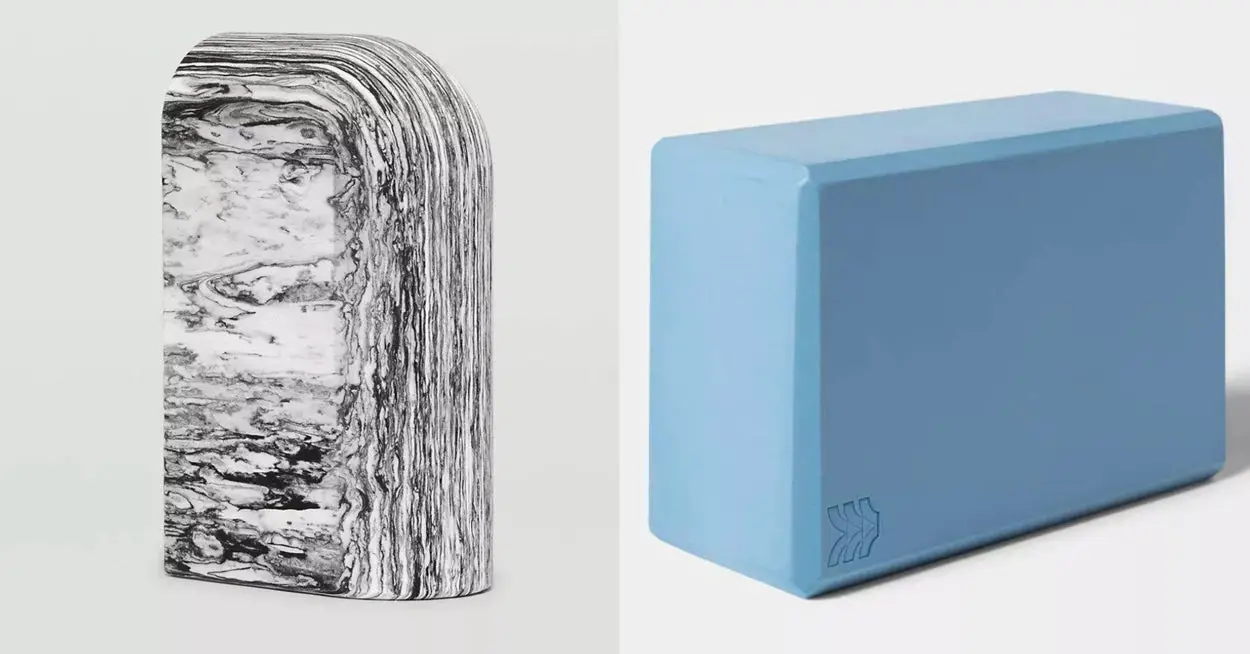According to Jennifer Purwin, a former yoga teacher and physical therapist who specializes in pelvic health and orthopedics at FemFirstHealth in Manhattan, the relief you feel when lying on yoga blocks (or other yoga props) comes from your muscles being externally supported and able to relax, allowing gravity to do the heavy work.
“That might be a block underneath the thorax or the ribcage, one under your head, maybe on the outsides of your knees. Once you’re in a position where you’re not having to contract your inner thigh muscles, your glutes — the muscle gets this opportunity to passively lengthen.”
As Purwin describes, in a healthy muscle contraction, the protein filaments in your muscles pull toward each other and then go back to their baseline. Yet, when your muscles are tight, it means these lines of protein are stuck too close together.
“You can try doing a more aggressive stretch, but if you’re allowing time and gentle gravity to happen, you’re allowing for this lengthening, where these protein filaments to just slide back where they should be. You’re allowing these structures to relax back to a baseline that is healthy, and from there, you have more power.”
Purwin recommends the passive pose seen below, which is easy to do at home and doesn’t require extreme strength, flexibility or equipment.
Of course, in addition to these passive deep stretches, Purwin says that blocks are also great for more active poses in yoga, pilates or any sort of stretching at home. Whether you’re doing lunges or trying to bend over and touch your toes, having a rectangular block, which you can use on any of the three heights for extra length can bring the floor to you, helps you make the most of your practice.
Source link







Leave a Reply